Starlost - Space Fucks




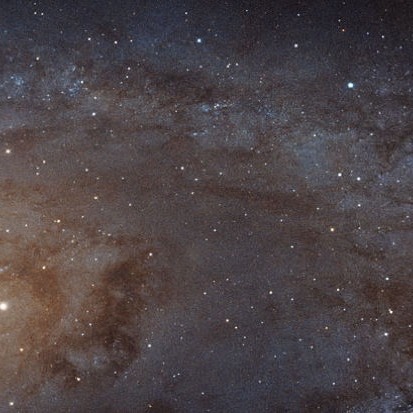




More Posts from Starlost and Others
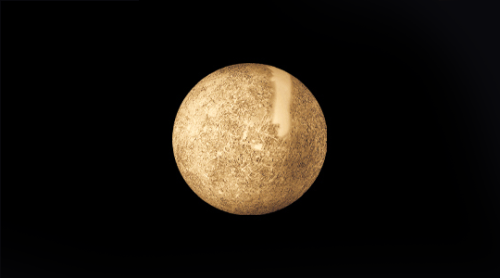
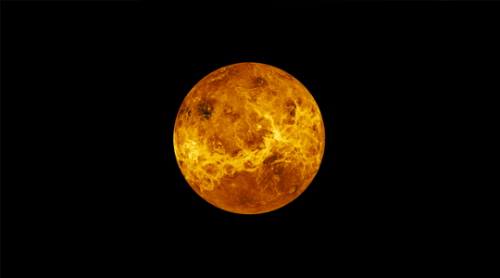
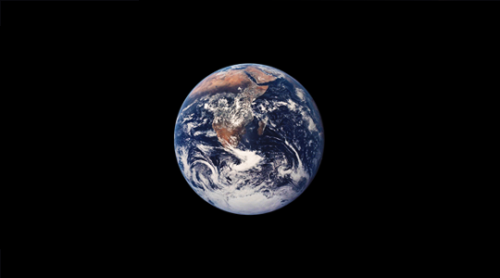
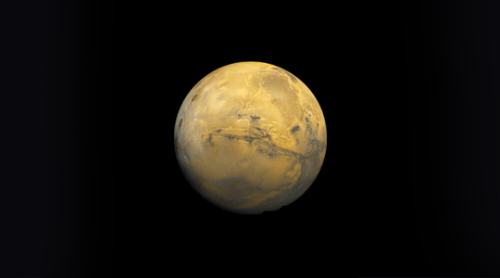
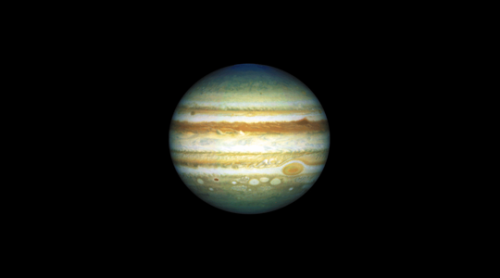
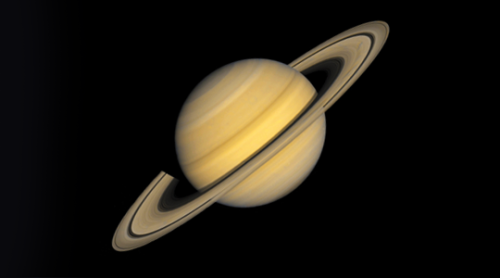
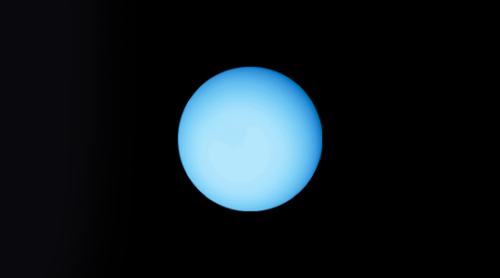
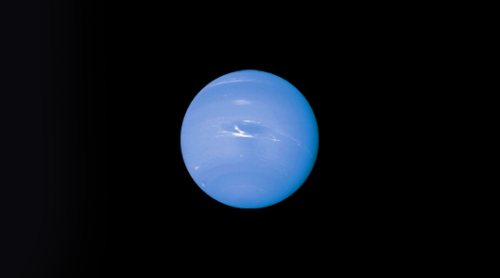

M2 9: Wings of a Butterfly Nebula : Are stars better appreciated for their art after they die? Actually, stars usually create their most artistic displays as they die. In the case of low-mass stars like our Sun and M2-9 pictured above, the stars transform themselves from normal stars to white dwarfs by casting off their outer gaseous envelopes. The expended gas frequently forms an impressive display called a planetary nebula that fades gradually over thousands of years. M2-9, a butterfly planetary nebula 2100 light-years away shown in representative colors, has wings that tell a strange but incomplete tale. In the center, two stars orbit inside a gaseous disk 10 times the orbit of Pluto. The expelled envelope of the dying star breaks out from the disk creating the bipolar appearance. Much remains unknown about the physical processes that cause planetary nebulae. via NASA
js




Space systems, some discarded ideas from a school asignment that I still really like
Send a space thing for questions
Planets: Life
Mercury: What’s your full name?
Venus: What’s your first language?
Earth: Where’s your home?
Mars: What’s your sexuality?
Jupiter: Do you have any siblings?
Saturn: Any pets?
Uranus: What’s your hobby?
Neptune: When’s your birthday?
Pluto: What time is it right now where you are?
Moon: What are you currently studying/hope to study?
Stars: Experiences
Sun: Have you ever had alcohol?
Sirius: Have you ever failed a class?
Rigel: Have you ever gone on a rollercoaster?
Deneb: Have you ever been out of your home country?
Arcturus: Have you cried out of something other than sadness?
Betelgeuse: What’s something you can never forget about?
Aldebaran: What’s something you care desperately about?
Canopus: Have you ever broken a bone?
Bellatrix: Have you ever been forced to lie/keep a secret?
Alphard: Have you ever lost a friend?
Vega: What’s something you’ve done that you wish you hadn’t?
Constellations: Favourites
Centaurus: Favourite holiday?
Orion: Favourite month?
Cassiopeia: Favourite book?
Delphinus: Favourite study?
Hercules: Favourite instrument?
Gemini: Favourite song?
Pegasus: Favourite place to be?
Libra: Favourite colour?
Phoenix: Favourite thing to wear?
Aries: Favourite movie?
Cygnus: Favourite weather?
Hydra: Favourite sound?
Galaxies: Love/Friends
Milky Way: Who’s your oldest friend?
Andromeda: Do you consider yourself social?
Black Eye Galaxy: Do you believe in love at first sight?
Cartwheel Galaxy: When was your first kiss?
Cigar Galaxy: How’s your flirting skills?
Comet Galaxy: Have you ever had to leave a relationship because someone changed too much?
Pinwheel Galaxy: Would you date the last person you talked to?
Sombrero Galaxy: Do you have a crush right now?
Bode’s Galaxy: Have you ever had a secret admirer?
Sunflower Galaxy: Would you date/make friends with someone out of pity?
Tadpole Galaxy: Would you deny a relationship/friendship?
Whirlpool Galaxy: Have you ever cried over a breakup?
Other stuff: Wishes
Comet: What’s your big dream?
Asteroid: What does your dream life look like?
Meteor: What’s something you wish you could tell, but can’t?
Nebula: If you could undo one thing in your life, what would it be?
Shooting Star: If you could bring back one thing, what would it be?
Pulsar: What do you hope to do in the next 10 years?
Supernova: What’s one thing you want to do before you die?
Quasar: If you could spend the rest of your life with only one person, who would it be?
Wormhole: What’s something you wish would happen, but know won’t?
Black Hole: What’s the last thing you want to see?
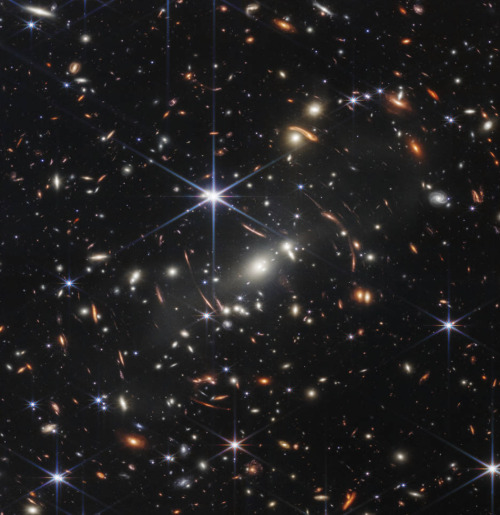
This first image from NASA’s James Webb Space Telescope is the deepest and sharpest infrared image of the distant universe to date. Known as Webb’s First Deep Field, this image of galaxy cluster SMACS 0723 is overflowing with detail. Thousands of galaxies – including the faintest objects ever observed in the infrared – have appeared in Webb’s view for the first time. This slice of the vast universe covers a patch of sky approximately the size of a grain of sand held at arm’s length by someone on the ground.
![You’ve Grown So Much! [Via @badsciencejokes]](https://64.media.tumblr.com/430d42ef901a92fbce8c14c9090b024f/tumblr_ophsve20Op1s04h2ho1_500.jpg)
You’ve grown so much! [Via @badsciencejokes]
Ten interesting facts about Pluto
Here is a list of some interesting facts about Pluto. A dwarf planet with a very different geology than previously thought, and despite being a small celestial body - Pluto has its own moons.

Pluto was known as the smallest planet in the solar system and the ninth planet from the sun until it was reclassified by the International Astronomical Union in 2006.

Today, Pluto is called a dwarf planet. A dwarf planet orbits the sun just like other planets, but it is smaller. It is large enough for its gravity to pull it into the shape of a ball but it is too small to clear other objects and debris out of its path around the sun.

Pluto was discovered on February 18th, 1930 by the Lowell Observatory. For the 76 years between Pluto being discovered and the time it was reclassified as a dwarf planet it completed under a third of its orbit around the Sun.

On average, Pluto is more than 3.6 billion miles (5.8 billion kilometers) away from the sun. That is about 40 times as far from the sun as Earth is. Pluto orbits the sun in an oval like a racetrack. Because of its oval orbit, Pluto is sometimes closer to the sun than at other times. At its closest point to the sun Pluto is still billions of miles away but is actually closer than Neptune.

This dwarf planet has five moons. Its largest moon is named Charon (KAIR-uhn). Charon is about half the size of Pluto.

Pluto has four other, much smaller, moons. They are named Nix, Hydra, Kerberos, and Styx. They were discovered in 2005, 2005, 2011, and 2012, respectively. NASA’s Hubble Space Telescope took pictures of the new moons. All four are small.

Observations of Pluto’s surface by the New Horizons spacecraft revealed a variety of surface features, including mountains that reach as high as 11,000 feet (3,500 meters), comparable to the Rocky Mountains on Earth. While methane and nitrogen ice cover much of the surface of Pluto, these materials are not strong enough to support such enormous peaks, so scientists suspect that the mountains are formed on a bedrock of water ice.

Pluto’s surface is one of the coldest places in the solar system, at roughly minus 375 degrees Fahrenheit (minus 225 degrees Celsius). When compared with past images, pictures of Pluto taken by the Hubble Space Telescope revealed that the dwarf planet had apparently grown redder over time, apparently due to seasonal changes.

When Pluto is closer to the sun, its surface ices thaw and temporarily form a thin atmosphere, consisting mostly of nitrogen, with some methane.

Pluto’s low gravity, which is a little more than one-twentieth that of Earth’s, causes this atmosphere to extend much higher in altitude than Earth’s.
sources: solarsystem.nasa and space.com
image credit: NASA/JPL - Lowell Observatory Archives

shit man this got me emotional
@nasa please launch me to these newly discovered habitable planets, i’m done with earth
If Earth were a Moon of Jupiter
-
 crimson-miz liked this · 2 weeks ago
crimson-miz liked this · 2 weeks ago -
 kennicky liked this · 2 weeks ago
kennicky liked this · 2 weeks ago -
 kennicky reblogged this · 2 weeks ago
kennicky reblogged this · 2 weeks ago -
 4-l-e-k reblogged this · 2 weeks ago
4-l-e-k reblogged this · 2 weeks ago -
 uma-tal-lady liked this · 2 weeks ago
uma-tal-lady liked this · 2 weeks ago -
 ineverbethesamex reblogged this · 2 weeks ago
ineverbethesamex reblogged this · 2 weeks ago -
 rascunho-eterno reblogged this · 2 weeks ago
rascunho-eterno reblogged this · 2 weeks ago -
 imageness-retro reblogged this · 3 weeks ago
imageness-retro reblogged this · 3 weeks ago -
 imageness-retro liked this · 3 weeks ago
imageness-retro liked this · 3 weeks ago -
 belodeesastre reblogged this · 4 weeks ago
belodeesastre reblogged this · 4 weeks ago -
 a-little-indecisive liked this · 1 month ago
a-little-indecisive liked this · 1 month ago -
 chimpanzes-e-bonobos liked this · 1 month ago
chimpanzes-e-bonobos liked this · 1 month ago -
 aconfused-heart reblogged this · 1 month ago
aconfused-heart reblogged this · 1 month ago -
 aconfused-heart liked this · 1 month ago
aconfused-heart liked this · 1 month ago -
 recitaramor reblogged this · 1 month ago
recitaramor reblogged this · 1 month ago -
 eternizarei liked this · 1 month ago
eternizarei liked this · 1 month ago -
 andgodisgay reblogged this · 1 month ago
andgodisgay reblogged this · 1 month ago -
 zen-horizon reblogged this · 1 month ago
zen-horizon reblogged this · 1 month ago -
 the-memories reblogged this · 1 month ago
the-memories reblogged this · 1 month ago -
 deargrigori reblogged this · 1 month ago
deargrigori reblogged this · 1 month ago -
 deargrigori liked this · 1 month ago
deargrigori liked this · 1 month ago -
 shitsuri-kinu reblogged this · 1 month ago
shitsuri-kinu reblogged this · 1 month ago -
 shitsuri-kinu liked this · 1 month ago
shitsuri-kinu liked this · 1 month ago -
 memorizara reblogged this · 1 month ago
memorizara reblogged this · 1 month ago -
 raposinha-do-mar reblogged this · 1 month ago
raposinha-do-mar reblogged this · 1 month ago -
 raposinha-do-mar liked this · 1 month ago
raposinha-do-mar liked this · 1 month ago -
 acemaaa-kh liked this · 1 month ago
acemaaa-kh liked this · 1 month ago -
 outro-sagitariano-no-mundo liked this · 1 month ago
outro-sagitariano-no-mundo liked this · 1 month ago -
 drinossauro reblogged this · 1 month ago
drinossauro reblogged this · 1 month ago -
 drinossauro liked this · 1 month ago
drinossauro liked this · 1 month ago -
 a-3asfoor liked this · 1 month ago
a-3asfoor liked this · 1 month ago -
 talia-7 liked this · 1 month ago
talia-7 liked this · 1 month ago -
 cutyrozy liked this · 1 month ago
cutyrozy liked this · 1 month ago -
 roshdy-74 liked this · 1 month ago
roshdy-74 liked this · 1 month ago -
 softicecream-world reblogged this · 1 month ago
softicecream-world reblogged this · 1 month ago -
 softicecream-world liked this · 1 month ago
softicecream-world liked this · 1 month ago -
 ninja-xion liked this · 1 month ago
ninja-xion liked this · 1 month ago -
 tariktalks liked this · 1 month ago
tariktalks liked this · 1 month ago -
 pippo99 liked this · 1 month ago
pippo99 liked this · 1 month ago -
 mood-alba7r reblogged this · 1 month ago
mood-alba7r reblogged this · 1 month ago -
 mood-alba7r liked this · 1 month ago
mood-alba7r liked this · 1 month ago -
 volijerjeretko liked this · 1 month ago
volijerjeretko liked this · 1 month ago -
 920926 reblogged this · 1 month ago
920926 reblogged this · 1 month ago -
 otorpordeexistir reblogged this · 1 month ago
otorpordeexistir reblogged this · 1 month ago -
 carpinejar reblogged this · 1 month ago
carpinejar reblogged this · 1 month ago -
 cchris47 liked this · 1 month ago
cchris47 liked this · 1 month ago -
 kojiarakiartworks liked this · 1 month ago
kojiarakiartworks liked this · 1 month ago -
 m-i-r-r-o-r-s reblogged this · 1 month ago
m-i-r-r-o-r-s reblogged this · 1 month ago -
 blucelestsky reblogged this · 1 month ago
blucelestsky reblogged this · 1 month ago -
 colapsoepoemas liked this · 1 month ago
colapsoepoemas liked this · 1 month ago

andrei, he/him, 21, made this at 14 when i was a space nerd but i never fully grew out of that phase so,,,,..,hubble telescope + alien life + exoplanet + sci fi nerd
245 posts